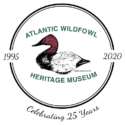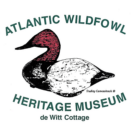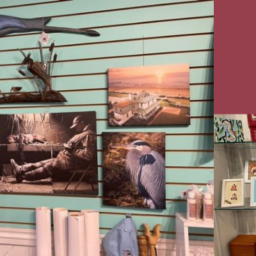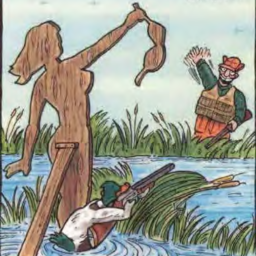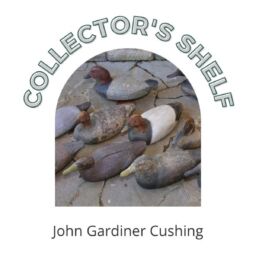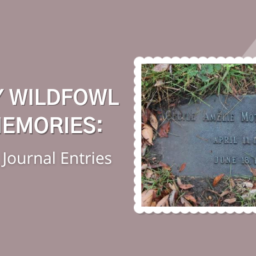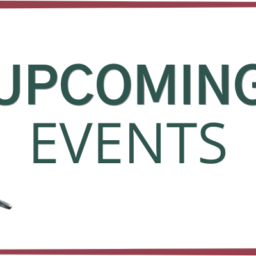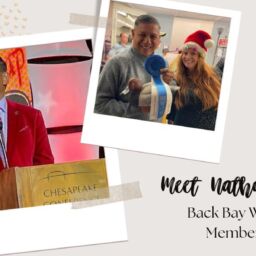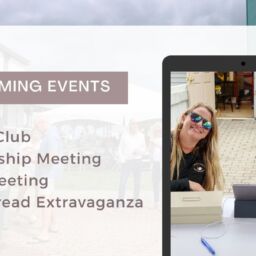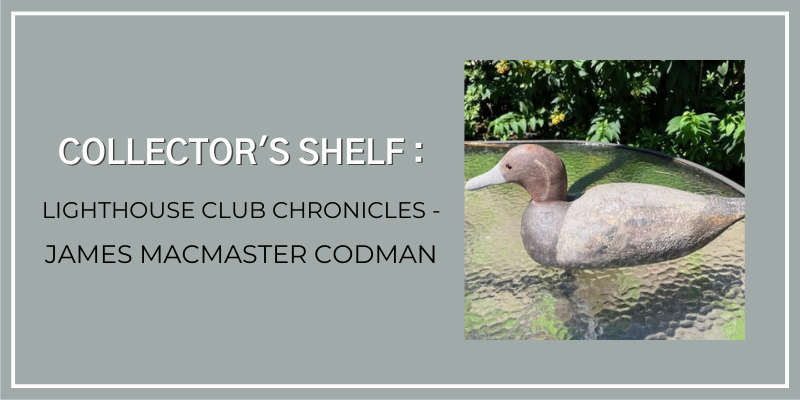
The decoys we will discuss from this point forward in our Lighthouse Club Chronicle appear to be factory-made carvings, perhaps Dodge or Stevens. The names on the decoys and when those names appear in the Lighthouse Club’s logbook (Score Book) suggest they date back as far as the 1880s. Let’s begin with one bearing the stamp/brand “J.M. CODMAN.” (It also bears the stamp/brand “J.G. CUSHING,” whom we will discuss in next month’s chapter.)
While not one of the six founders of the Lighthouse Club, James MacMaster Codman was one of its earliest and most active members as evidenced by his name’s appearance on p.1 of the club’s Score Book in 1874 and numerous times thereafter. He was a direct lineal descendant of Richard Codman, one of the initial 1630 settlers of the Massachusetts Bay Colony. His grandfather was John Codman (1755-1803), whose shipping business owned many American-built ships and exported to and imported from Europe and Russia. Specifically for our purposes, John married Katherine (Amory) Codman, making her the grandmother of our James and establishing James’s relationship to our Arthur Amory, the “Great Gatsby” of the Lighthouse Club. John Codman left his heirs a considerable fortune, which obviously enabled his grandson James to enjoy a lavish lifestyle and to travel extensively. Lucy Codman, James’ niece, married William Gibson Borland, son of John Nelson Borland whom we presented in our previous chapter. Again, the Boston Brahmins and our Lighthouse Club members consistently intermarried to keep the wealth all in the families.


James was born in Paris, the last child of Charles Russell Codman and Anne MacMaster. He graduated from Harvard in 1851 and married Henrietta Gray Sargent. Her father, Ignatius Sargent (1800-1884) was a director of the Boston & Albany Railroad and president of the Bigelow Bank of Boston. Ignatius’s Boston Brahmin family tree included Saltonstalls, Brooks, Winthrops, and Everetts. He added much to the already substantial Sargent fortune via his railroad investments, which no doubt, benefitted his daughter Henrietta and her husband James.
Back to our subject James, he was involved with the East India trade, which resulted in his need to travel. He actively studied cattle, served as president of the American Guernsey Cattle Club, and visited the island of Guernsey in the English Channel, from where he brought the first herd of Guernsey cows to this country. His travels also took him to India (Bombay) and Crimea. Finally, our research indicates he knew and communicated in writing with Daniel Webster, whom we learned earlier recommended Benjamin Curtis (cousin and professional associate of our Charles Pelham Curtis) to President Millard Fillmore for his seat on the U.S. Supreme Court.
While our information about James MacMaster Codman is somewhat limited, we do know he was another notable Bostonian Harvard graduate who enjoyed generational wealth that allowed him to travel the world extensively, while also venturing south to the Lighthouse Club on Currituck Sound to hunt waterfowl during the winter months.
Written and edited by Larry Davenport
